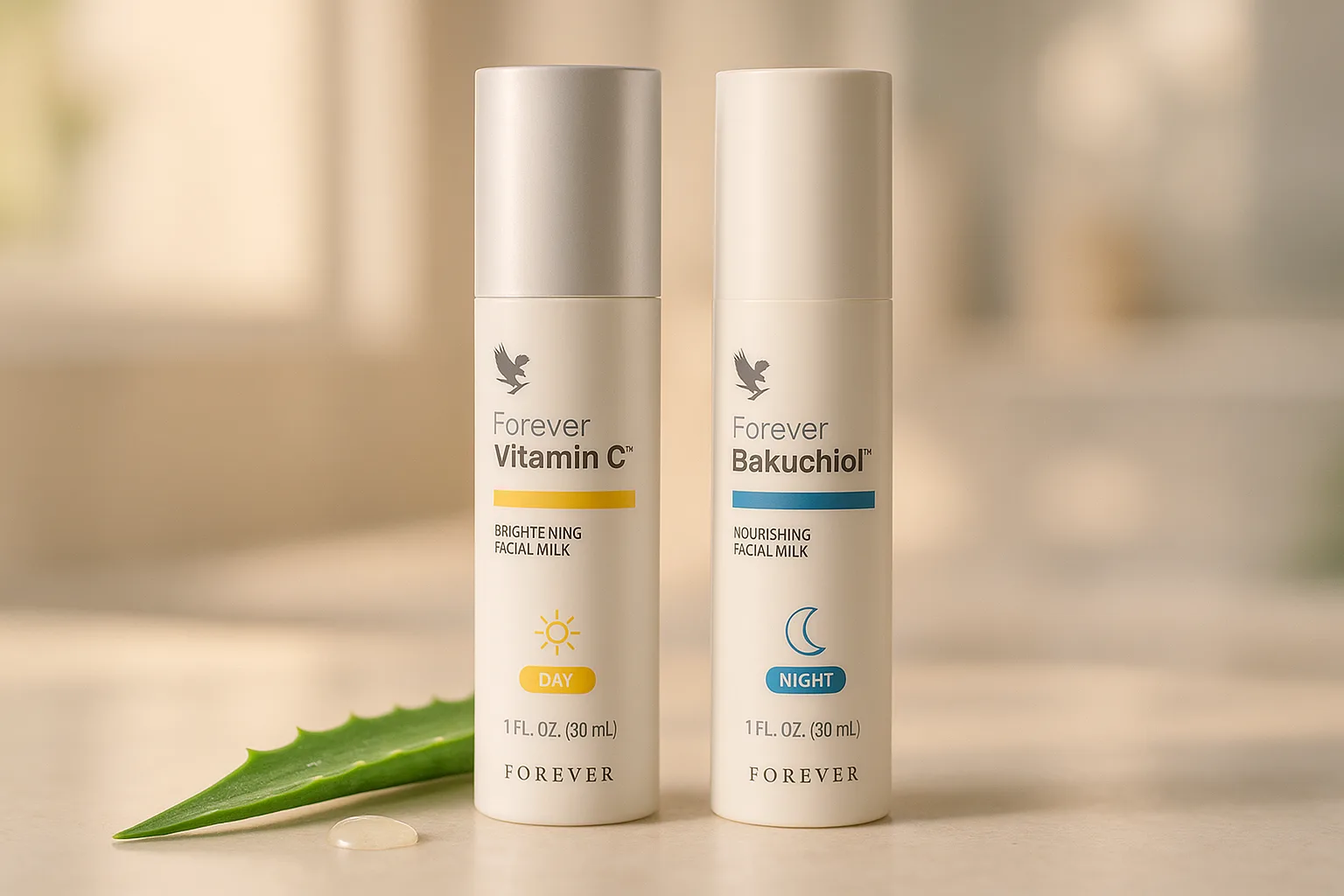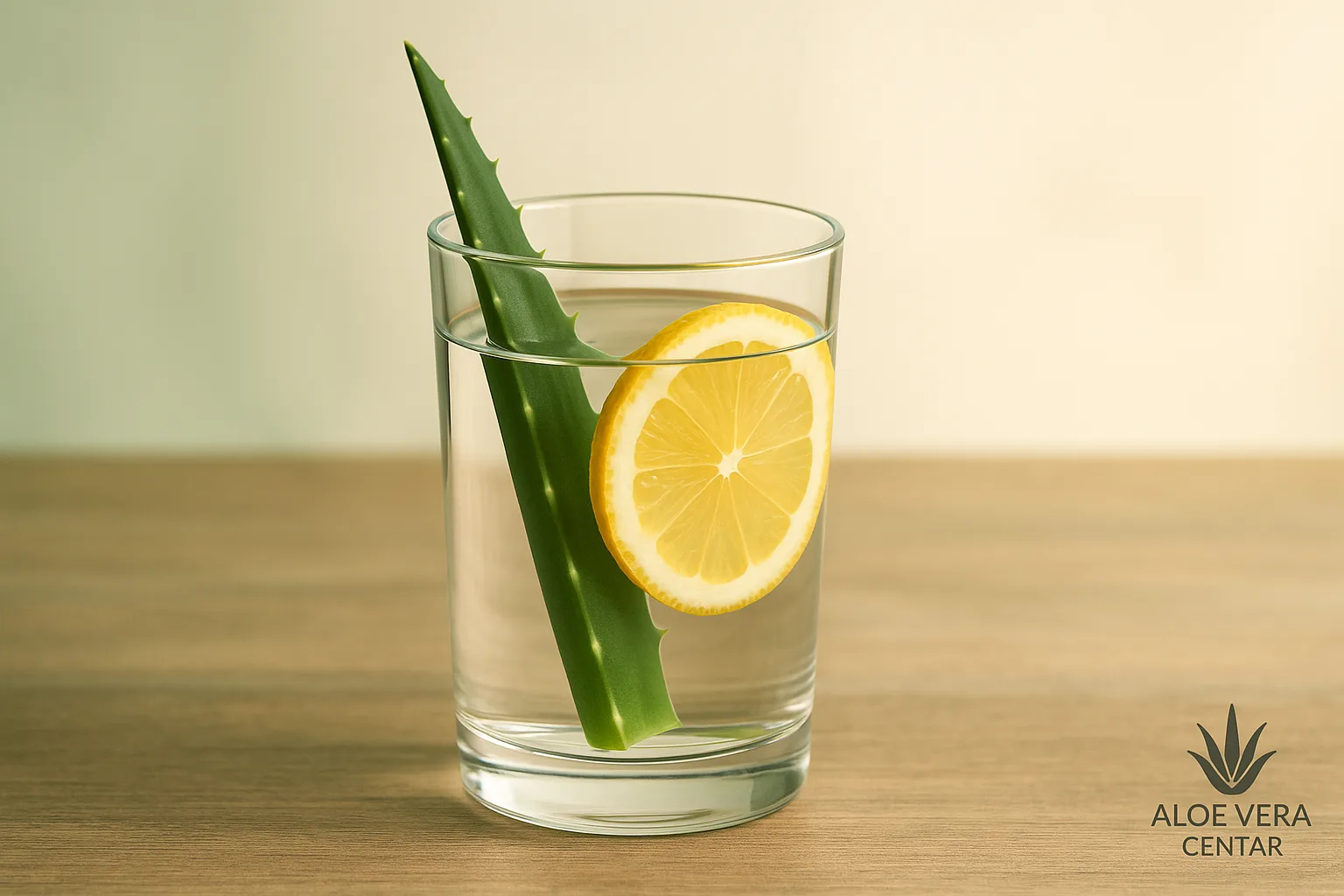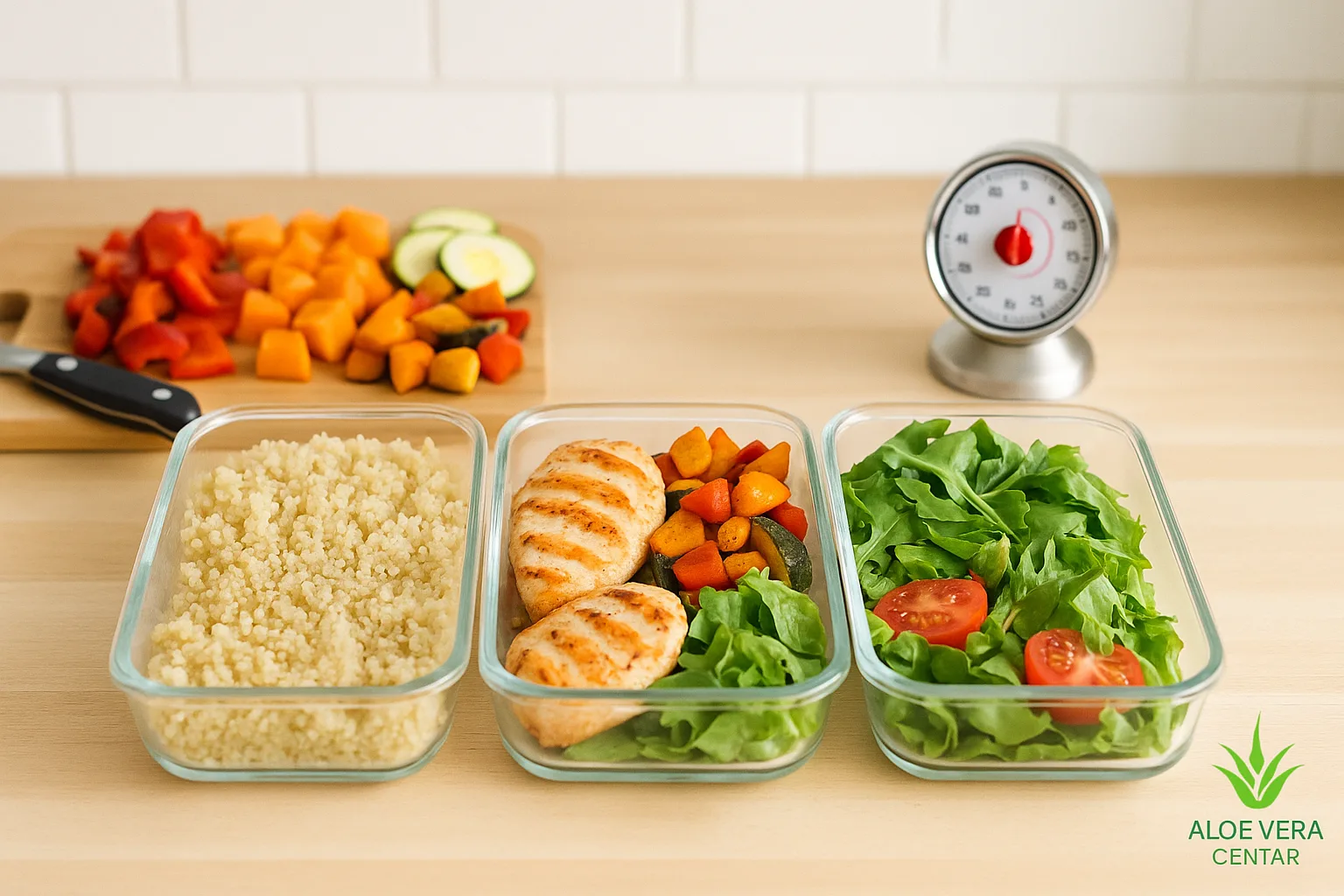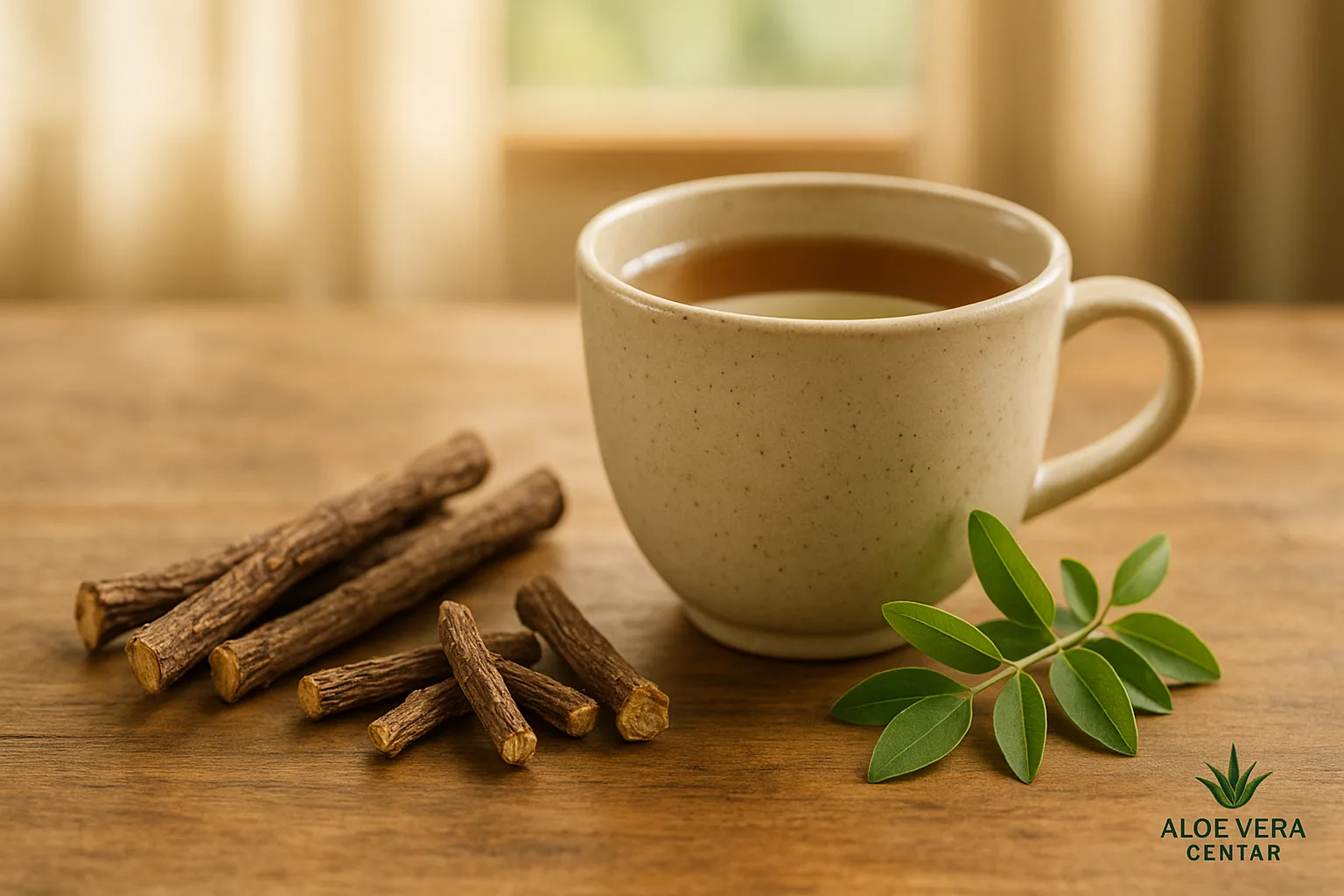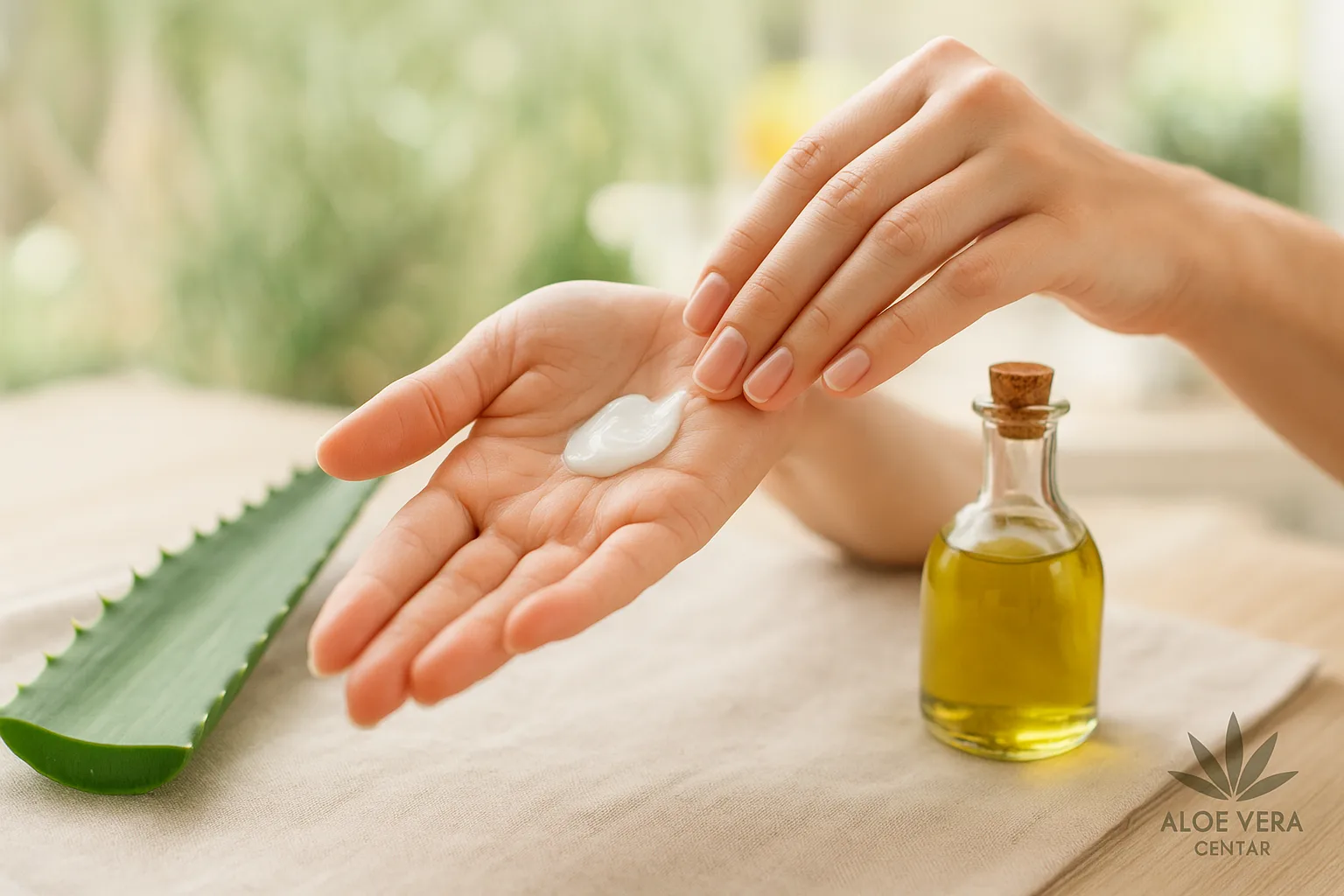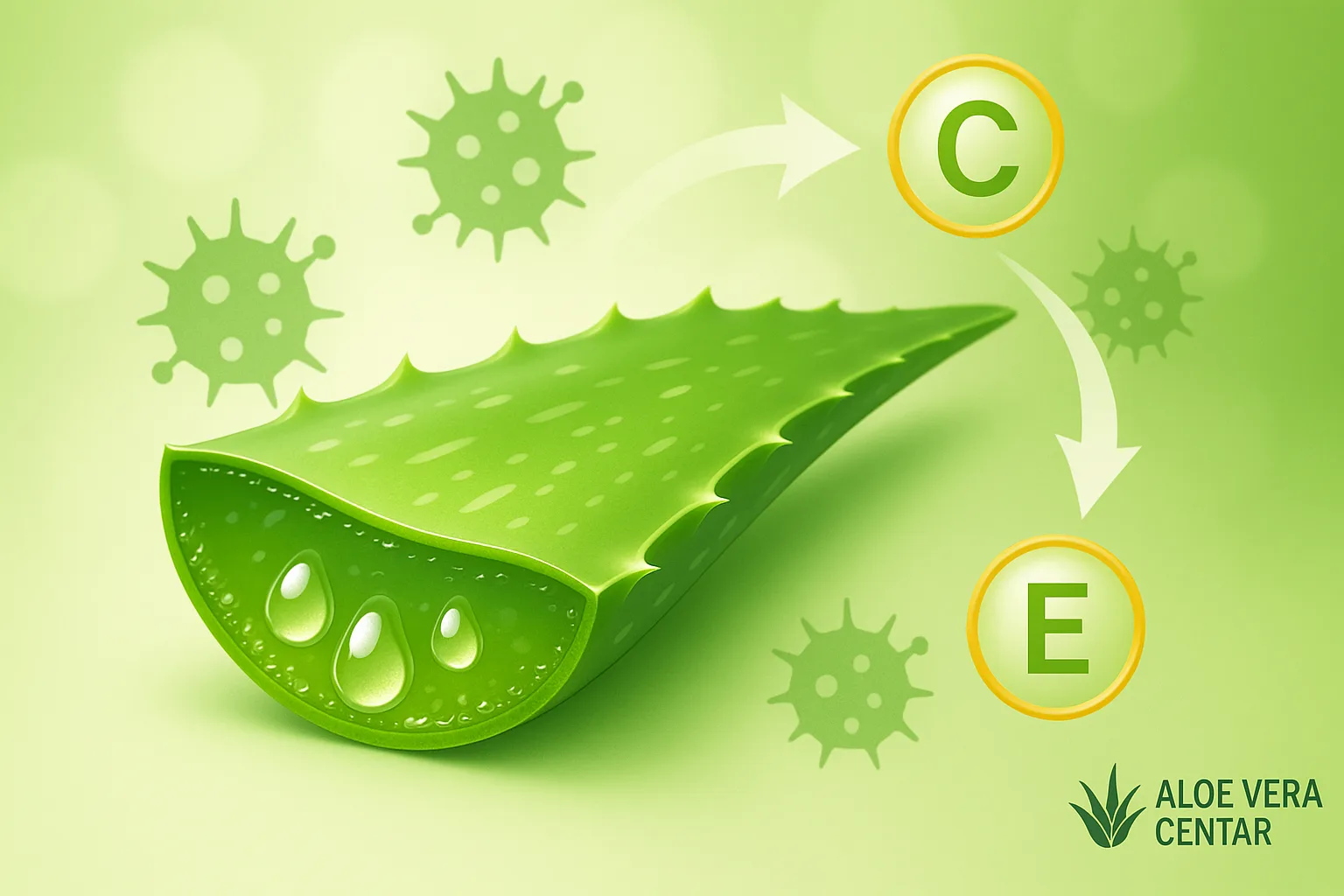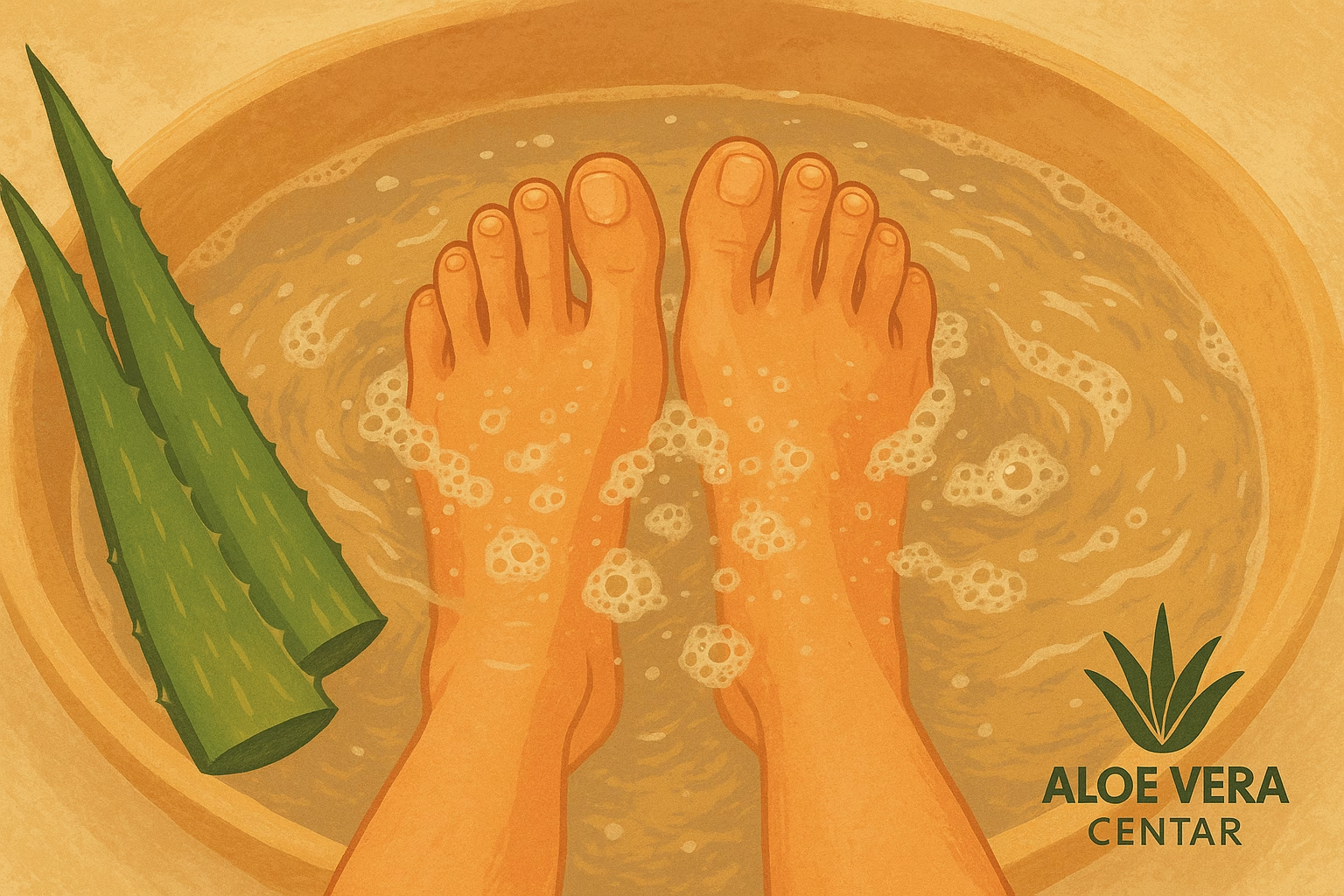
Natural Relief for Heavy Legs: Hydromassage and Aloe Cream
Natural Relief for “Heavy Legs” Syndrome: Hydromassage and Aloe Cream
Natural – that’s how our story begins about relieving the uncomfortable “heavy legs” syndrome. Have you ever returned home after a long workday feeling like your calves were as heavy as lead? Perhaps you’ve noticed your feet and ankles swelling when standing or sitting at work for long periods? If you recognize yourself in these scenarios, you’re not alone. In this introduction, you’ll learn what “heavy legs” syndrome is, how it manifests, and why it occurs, and then we’ll focus on natural methods like hydromassage and using aloe cream. Stay with us, as these tips might just be the turning point in caring for your legs.
What Causes “Heavy Legs” Syndrome?
“Heavy legs” syndrome is a common problem that occurs due to poor circulation, fluid retention, and/or excessive strain on the lower extremities. The feeling of heaviness, fatigue, and occasional tingling or pulsing can affect quality of life, especially in people who spend most of their day standing or sitting. While often associated with varicose veins or chronic venous insufficiency, it can also occur in otherwise healthy people, particularly when exposed to stress or intense physical exertion.
You might wonder why circulation is so important? When blood flows slowly through the legs, muscle tissue and cells receive less oxygen, resulting in fatigue and tension. Each step becomes more challenging, and sometimes swelling occurs, especially around the ankles. Additionally, heavy legs can be related to a sedentary lifestyle, excess weight, and insufficient physical activity.
Hydromassage: the Beneficial Effects of Hot and Cold Water
Hydromassage is one of the most pleasant and accessible methods for stimulating circulation and relieving the feeling of heaviness in legs. The good news is that you don’t always need to visit professional wellness centers – simple hydromassage techniques can be practiced at home.
How Does Hydromassage Work?
Hydromassage combines the benefits of water and massage, helping to relax muscles and improve blood and lymph circulation. Alternating between hot and cold water creates what’s known as vascular gymnastics, or the contraction and expansion of blood vessels, which ultimately leads to better flow and reduced fluid accumulation in the legs. Of course, we all need that “spa feeling,” so often just a warm shower downward or soaking feet in warm water with essential oils brings a kind of relief and psychological relaxation.
Home Hydromassage in Five Simple Steps
- Prepare the basin: Fill a small basin or tub with warm water (temperature around 37°C). Add a few drops of rosemary, lavender, or cypress essential oil for additional relaxation.
- Warm water massage: Submerge your feet up to the ankles or calves and gently massage them with your hand or sponge. Pay attention to the calves, area below the knees, and ankles.
- Cold “shock”: After a few minutes, prepare a container with cold water or adjust the shower to cold water. Alternately rinse your legs (10-15 seconds) from feet upward to stimulate venous circulation.
- Repeat cycles: Return to the warm bath, then briefly rinse your legs with cold water again. Repeat this “warm-cold” procedure 3-5 times, always finishing with cold water.
- Gentle towel massage: Dry your legs by gently patting with a towel and then, while the pores are still open, apply aloe cream or gel.
Sounds too good to be true? Keep reading to find out why aloe cream is a crucial step after hydromassage and how it can further support your circulation and feeling of lightness in your legs.
Aloe Cream: a Natural Ally against Heavy Legs
After hydromassage or any form of hot-cold treatment, your skin will be particularly receptive to absorbing nutrients. This is where Aloe vera comes in, a plant known for its regenerative and anti-inflammatory properties. Many call it a “miracle plant,” and its ingredients, like acemannan, help with hydration, soothing, and strengthening the skin. When it comes to creating a feeling of lightness in the legs, it’s useful to know that aloe can stimulate microcirculation and reduce surface tension in muscles.
If you prefer using proven and high-quality products, it’s worth trying Aloe Vera Gelly. This natural green cream excellently hydrates and cools the skin, especially after strenuous activities or prolonged standing. Apply it to clean, dry skin, and you can gently massage it in with upward movements from the ankles.
But that’s not all. Along with using aloe, you might consider incorporating omega-3 fatty acids into your diet for circulation support. Omega-3s can improve blood flow and reduce inflammatory processes in the body. Therefore, some readers like to combine topical leg care with dietary supplements that support circulation.
A Brief Case Study
“For years, I struggled with swollen ankles and that feeling of heat in my calves every time I came home from work. My doctor advised more movement and maintaining a healthy weight, but I only noticed a crucial difference when I introduced regular hydromassages. After each treatment, I applied aloe cream and noticed immediate relief. Within two weeks, my legs felt lighter, and my skin seemed more nourished than ever before.” – Petra, 42
Other Useful Tips for “Lighter Legs”
Hydromassage and aloe cream are two key steps, but it’s important to consider a comprehensive approach. Here are several simple but effective suggestions:
- Regular walking: Daily walking or light physical activity stimulates circulation throughout the body, especially in the legs.
- Stretching at work: If you work in an office, occasionally stand up and stretch your calves or simply walk down the hallway. Just 2-3 minutes of movement every hour can make a big difference.
- Elevating legs: When you return home, lie down and raise your legs 10-15 cm above heart level (for example, rest them on a pillow). This will temporarily facilitate venous blood return.
- Compression stockings: For more serious problems with varicose veins or constant leg swelling, compression stockings can be excellent support, of course with professional advice.
- Healthy diet: Excess body weight can increase pressure on leg veins, so watch your caloric intake and boost metabolism.
- Dietary supplements: Some swear by the power of omega-3 fatty acids for better blood flow. Also, people aiming for optimal heart and blood vessel function use Forever Arctic Sea because it contains DHA and EPA – important fatty acids that can support proper circulation.
But that’s not all… Heavy legs syndrome is often connected with stress and a hectic rhythm. If you get up very early and go to bed late, your body doesn’t have time to regenerate. In this case, your legs also “suffer” from excess tension.
The Role of Stress and Lifestyle
Stress and lack of sleep often lead to poor circulation and increased fluid retention in the body. When we’re tense, our body secretes hormones (e.g., cortisol) that can cause blood vessel constriction and thus reduce oxygen and nutrient flow to muscles. On one hand, heavy legs can be the first sign that you need to slow down, and on the other hand, conscious relaxation techniques can help ease the discomfort.
How to help yourself? Try to incorporate at least short breaks with deep breathing, meditation, or just a few minutes of silence into your daily routine. You’ll return to work with a clearer mind, and your legs will be grateful. If you think you need additional support in dealing with work stress, read the article Work Stress: Natural Methods for Relaxation and Better Focus and discover simple techniques you can apply immediately.
Introducing “Small Rituals” for Big Changes
One of the best approaches to heavy legs syndrome is creating small, daily rituals that will become part of your routine. For example, every evening before bed, you can set aside 10 minutes for a short hydromassage or alternating warm-cold shower followed by applying Aloe Vera Gelly. These few minutes will be a real mini-spa experience for tired calves and feet.
You might wonder why continuity is so important? Regular treatments improve blood vessel elasticity and strengthen the skin barrier. If you break the routine, you’ll likely return to old habits that may have led to the “heavy legs” problem in the first place. So all you need is just a little discipline and (of course) willingness to take care of yourself.
Benefits of the Natural Approach – the Scientific Side
Many methods, like hydromassage and using herbal creams, are supported by scientific research. PubMed is full of studies on the positive effects of hydrotherapy on circulation and muscle relaxation. Additionally, more dermatological and clinical trials confirm the beneficial effects of Aloe vera on skin and circulation. For example, a 2022 study (available on PubMed) showed that regular application of aloe gel can help reduce soft tissue swelling after physical exertion.
Of course, no natural approach will “erase” clinically significant conditions like deep vein thrombosis or serious varicose vein problems, so it’s always recommended to visit a doctor when you suspect something more serious. However, for mild to moderate leg heaviness, natural solutions are often the first step.
Take Advantage of Special Offers
If you want advice tailored specifically to you and your needs, you can use our AI advisor. Talk to the virtual expert and learn more practical tricks for care and relief.
Additionally, many readers who decided to order recommended aloe products were happy to use the 15% discount on their order. Save on quality care, and your legs will be grateful.
FAQ – Frequently Asked Questions
Is Hydromassage Suitable for Everyone?
In most cases, hydromassage is safe, but if you have serious cardiovascular problems or very sensitive skin, definitely consult with your doctor. Also, be careful that the water temperature isn’t too hot to avoid irritation.
How Often should I Do Hydromassage to See Results?
It’s recommended at least 2-3 times per week for significant results, but even one hydromassage weekly can bring relief. It’s important to maintain the routine and combine it with applying appropriate aloe cream.
Can I Use Regular Lotion Instead of Aloe Cream?
You can, but aloe vera cream or gel has additional benefits like anti-inflammatory and hydrating effects. Regular lotions sometimes contain synthetic ingredients that may be less helpful for tired legs and swelling.
What are the Signs that I should Seek Medical Help?
If you notice intense pain, redness, or sudden and pronounced leg swelling, definitely consult a professional. It could be related to deeper veins or another condition that requires medical evaluation.
Conclusion
While “heavy legs” syndrome might not be a rare problem, it shouldn’t be ignored. Hydromassage is a simple, pleasant, and practical way to stimulate circulation, while Aloe vera cream provides deep nourishment and relieves muscle tension that you can apply in just a few minutes daily. Add regular physical activity, maintaining a healthy body weight, and occasional relaxation techniques, and your legs will experience a real revival.
Finally, don’t forget – if you want personalized advice, our AI advisor is at your disposal. And if you decide to purchase Aloe vera products, you can get a 15% discount on your order. Enjoy lighter steps and dedicate more time to activities that make you happy!
Want more ideas for leg relief? Read the article about circulation problems and learn how massage and natural gels can help. If you’re troubled by tired feet, also check out the foot cream with aloe – perfect for daily care. For deeper health support, explore heavy metal detoxification using chelators and aloe vera, and the benefits of aloe vera juice in daily hydration. Additionally, you might consider zeolite detoxification as a way to reduce toxins and support an overall feeling of lightness. By combining these methods, you’re laying the foundation for healthier, lighter, and more vital legs.
Disclaimer: This article is for informational purposes only. It is not a substitute for professional medical advice, diagnosis, or treatment. For serious symptoms, consult with your doctor.

